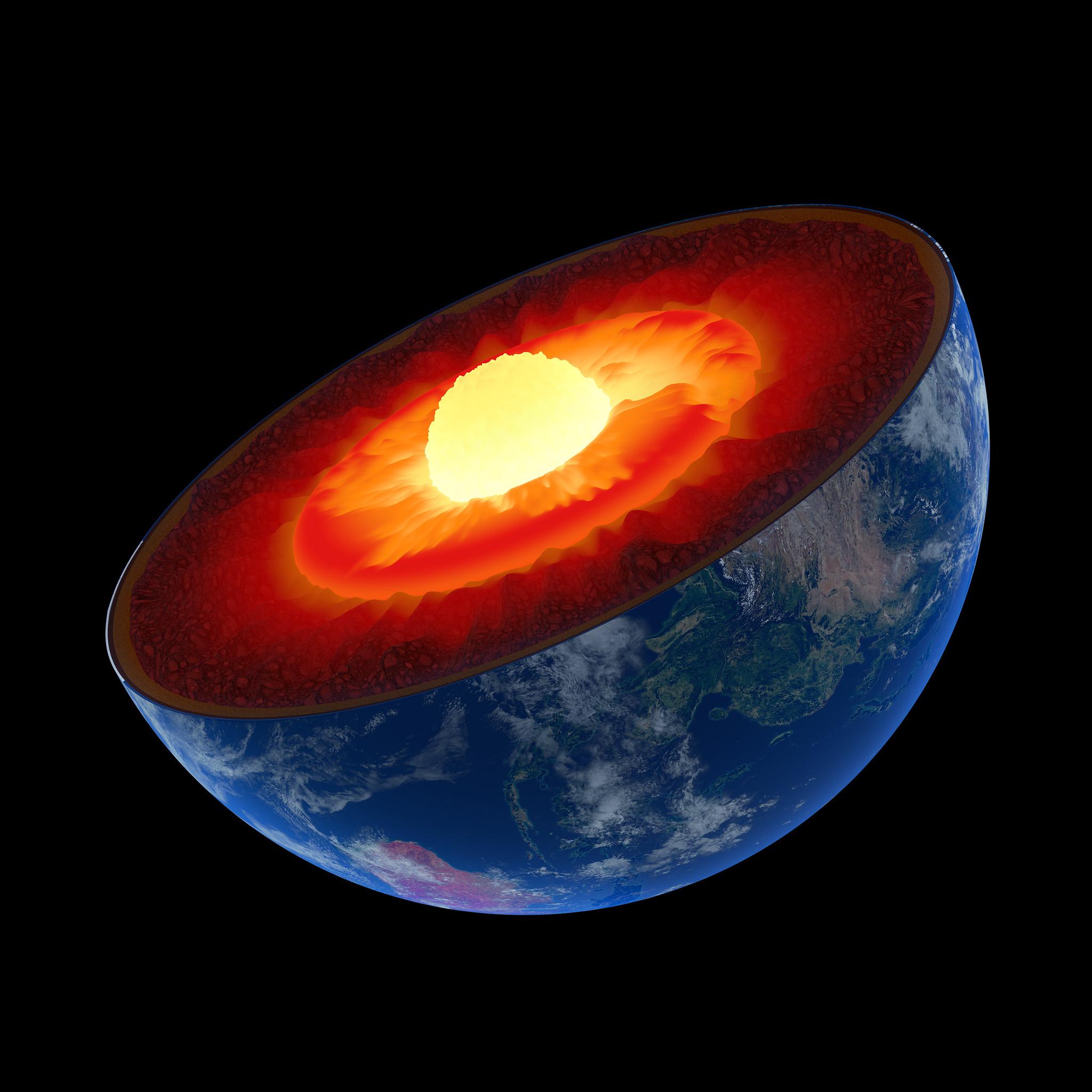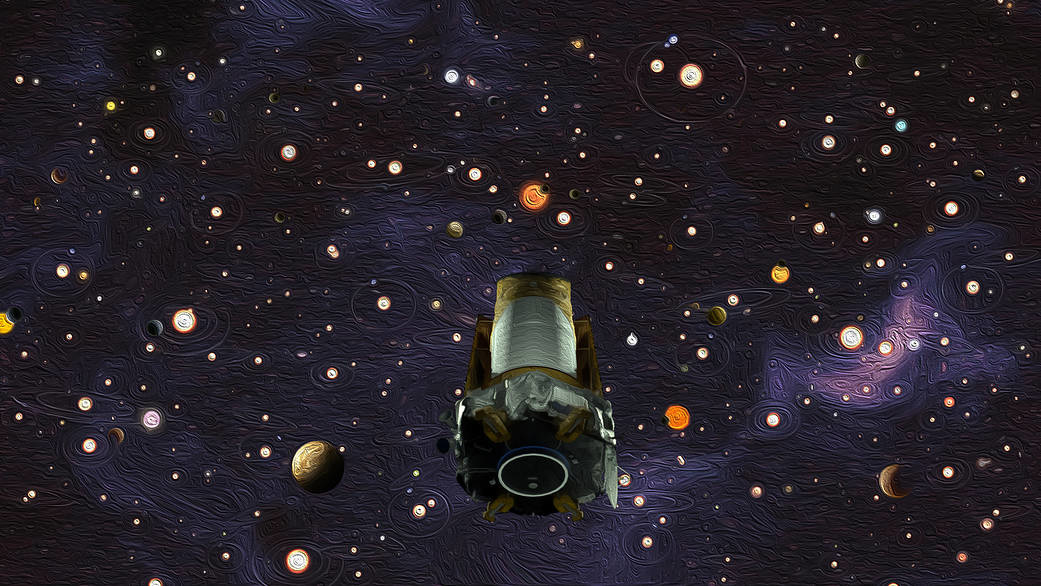How did Earth avoid a Mars-like fate? Ancient rocks hold clues

- About 565 million years ago, the strength of Earth’s magnetic field plummeted, threatening the complex multicellular organisms that were just beginning to emerge.
- New geological analysis shows that this period was followed by a rapid resurgence in Earth’s field.
- The process was likely triggered by the birth and growth of a solid inner core.
The magnetic field that envelopes our planet provides a vital shield against the constant stream of radiation produced by the Sun. By deflecting high-energy charged particles, the field prevents this radiation from stripping away Earth’s atmosphere and unleashing catastrophic damage to its entire ecosystem.
A lifeless surface: To imagine a world without this protection, we can simply look to our planetary neighbor. At some point in the distant past, astronomers believe that Mars likely had its own magnetic field, strong enough to sustain a water-rich atmosphere. But for reasons not entirely understood, this field drastically weakened roughly 3.8 billion years ago, leaving behind the barren, most likely lifeless world we know today.
To understand how Earth avoided a similar fate, we need to look at our planet’s inner core: a mostly solid ball of iron and nickel, surrounded by a molten outer core. As Earth’s interior gradually cools, the solid inner core grows, stirring up convection currents in the outer core. In turn, these currents generate a magnetic field, powerful enough to extend far into interplanetary space.
Researchers predict that this so-called “dynamo process” will likely be sustained for billions of years to come as the inner core continues to expand. Yet unsettlingly, the future of Earth’s field hasn’t always been so certain.
Examining ancient rocks: To piece together the history of Earth’s magnetic field, researchers use a technique called paleomagnetism, which involves studying the alignment of metal-bearing minerals in ancient rocks. When these rocks were still molten, these minerals would have acted like tiny compass needles, aligning with the magnetic fields they encountered. As the rocks solidified, these alignments froze in place, providing geologists with a snapshot of the rocks’ magnetic environments in the distant past.
In 2019, one such study was carried out in Sept Îles, Quebec. Here, a team of researchers examined the alignment of minerals in rocks named anorthosites, which rose to Earth’s surface during the Ediacaran Period roughly 565 million years ago. Strangely, they found that these minerals were far less strongly aligned than those found in anorthosites from other periods, suggesting that Earth’s magnetic field dipped to just around 10% of its current strength during the Ediacaran.
If this trend had continued, the future of Earth’s capacity to sustain life may have become far less certain. Yet since this unsettling result, researchers haven’t yet determined how long it took for Earth’s magnetic field to bounce back to its present-day strength.
A rapid resurgence: Using paleomagnetism, a new team of researchers led by Tinghong Zhou at the University of Rochester, New York, may have solved this mystery. In their study, the researchers examined the alignments of minerals within slightly newer anorthosites, taken from the Wichita Mountains in Oklahoma. These rocks solidified during the Cambrian Period, around 532 million years ago, coinciding with an evolutionary explosion of complex, multicellular organisms.
These anorthosites only formed around 30 million years after the Quebec samples — little more than a blip on geological timescales. Yet remarkably, the mineral alignments in the rocks showed that Earth’s magnetic field had largely regained its present-day strength during that time.
Growing an inner core: To explain this rapid renewal, Zhou’s team that the Ediacaran Period must have coincided with the formation of Earth’s inner core. Before this happened, our planet’s magnetic field may have been generated by a dynamo effect within a purely molten core, which eventually began to collapse as the Earth’s interior cooled. Yet if a solid core began to form and grow over this period, it could have provided Earth’s field with a new lease of life.
By modelling the flow of heat from the core to the mantle, the team predicted that the solid part of the core likely began to form around 550 million years ago, expanding to half its current width by roughly 450 million years ago.
At this point, a shift in plate tectonics on Earth’s surface would have altered the structure of the mangle surrounding the core — triggering new patterns in heat flow that persist into the present day. This suggests that Earth’s inner core likely grew in two distinct stages, with a clear boundary between its inner- and outermost parts.
A close call: The insights gathered by Zhou’s team offer a clearer picture of the dramatic events that once unfolded deep within our planet’s interior. They also provide new hints as to how Earth narrowly avoided a Mars-like fate, just as complex, multicellular life was beginning to emerge.
Even further, the results could help astronomers better understand how similar processes could have played out in the cores of Earth-like planets beyond our solar system — ultimately helping them to better predict whether or not their surfaces could sustain complex life.





